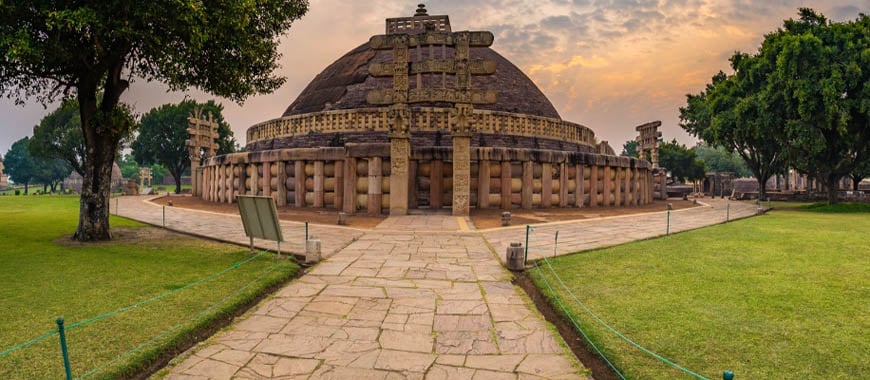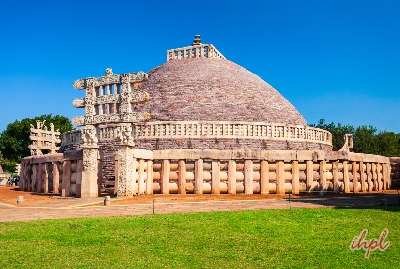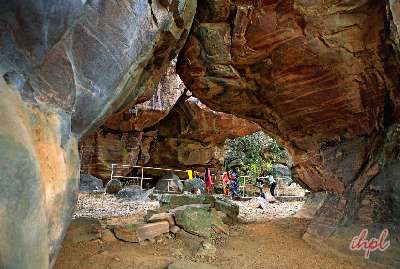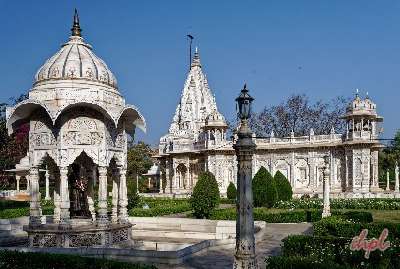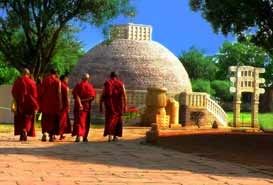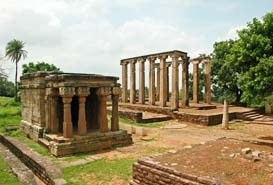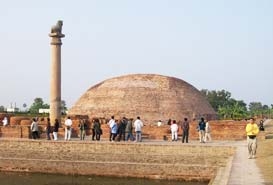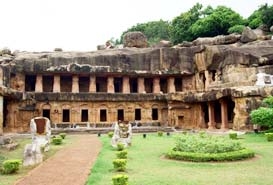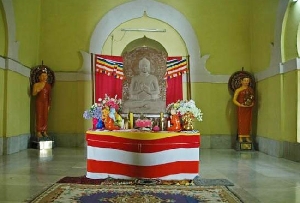The UNESCO World Heritage Sites in Sanchi comprises a group of Buddhist monuments, and is one of the most favored tourist destinations in Madhya Pradesh. These monuments trace the origin and evolution of Buddhist art and architecture over a period of 1300yrs, from the 3rd century BC to the 12th century CE. Situated at a distance of about 46km from Bhopal, Sanchi boasts a number of popular tourist attractions, among which monuments and museums in Sanchi are particular fascinations for the visitors.
Among the Sanchi monuments and museums, the Archaeological Museum deserves a special pride of place. The original stupa was constructed at the behest of Emperor Ashoka. The stupa was refurbished and improved upon by Ashoka’s progeny. The museum showcases rare and antique items that one can take a close look at by gaining admission into the museum at a nominal fee. It features the Lion Capital of the Ashoka Pillar which is an exemplar of brilliant architectural design and structural balance.
Explore 15 days Odisha & Chhattisgarh Tribal tour with Kanha wildlife.
Any discourse on the monuments and museums in Sanchi remains inconclusive without the mention of the Great Stupa. Commissioned by the Mauryan Emperor Ashoka, the stupa is one of the three stupas among the eight that were built by Ashoka. The stupas have a religious significance as well. They house the relics of Buddha and are held in high regard by the followers of Buddhism. Originally made out of burnt mud bricks, the stupa underwent a refurbishment during the 2nd century A.D.
The Ashoka Pillar also warrants a special mention among the memorials and monuments in Sanchi. Among the many pillars that one can find scattered in a dilapidated condition, the Ashoka Pillar stands tall. One of the remarkable features of the pillar is its crown that depicts four lions standing back to back. The figure was later adopted as the national emblem of India.
Check out our packages: Madhya Pradesh tour packages, Orchha tour packages, Sanchi tour packages.

